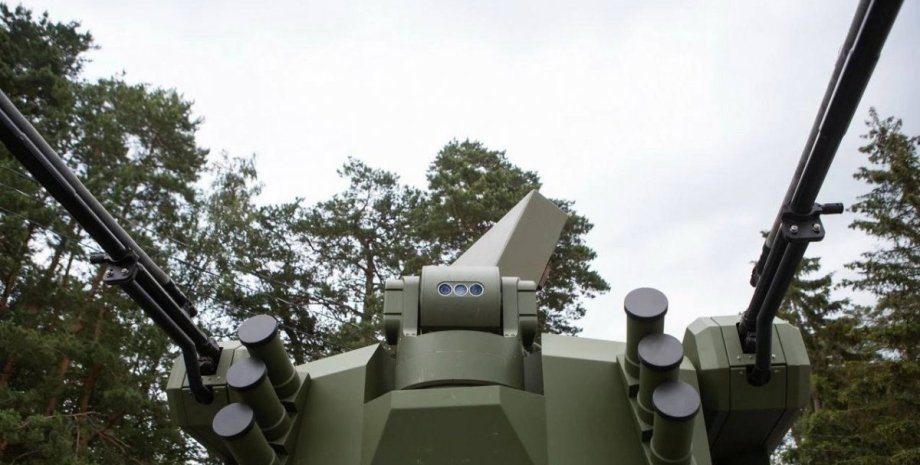
The mentioned animals have large flaps of the skin, which are pulled from the wrist to the ankles and allow to plan from wood to wood. Scientists have told Tech XPlore that such wings will expand drones using aerodynamic resistance. In particular, proteins can slow down quickly, straightening their wings just before planting on trees and maneuvering in flight.
The drone is also able to slow down quickly, extinguishing inertia, when you need to dramatically change the direction or avoid contact with obstacles. In the previous article, the authors first presented their work, reminiscent of a protein-flying protein. Then they described the basic hardware tools of their work and the method of teaching the algorithm, which enabled it to slow down quickly while performing maneuvers in flight.
In a new job, engineers tested the wings deployment system and proved that it makes it better to perform high-speed maneuvers, such as fast stops and sharp turns when compared to conventional unmanned unmanned devices. "In order to work safely and reliably in such scenarios, the drone should be able to decide when to open or clean the wings depending on the situation, and the rotors should be able to create the right draft," said Dochen Lee, Jun Hill Kang and Dry Khan.
In their recent study, scientists have also taught artificial neural networks accurately predicted the aerodynamic resistance created by the silicone -based membrane wing. They then developed a Thrust-Wing Coordination Control (TWCC) strategy that uses neural network forecasts for optimal control of both membrane and engines, which allows you to reliably perform the desired maneuvers.
"Another important contribution of our work was the development of the hardware system, which allows you to quickly deploy and remove silicone wings, while maintaining the traditional quadcopter factor," the developers said. The work of a drone inspired by a protein-lingage is supported by an exclusively built-in microcontroller without the need for external computing or communication systems.
This is due to the fact that the algorithm that provides its high maneuverability is simultaneously light and energy efficient. Thus, it can also work on low -performance microcontrollers such as Arduino microcontrollers. According to scientists, in the future, a new drone can be improved and tested in a broader range of settings and scenarios. In the end, it can help solve many real problems. In particular, use in combat operations.










All rights reserved IN-Ukraine.info - 2022